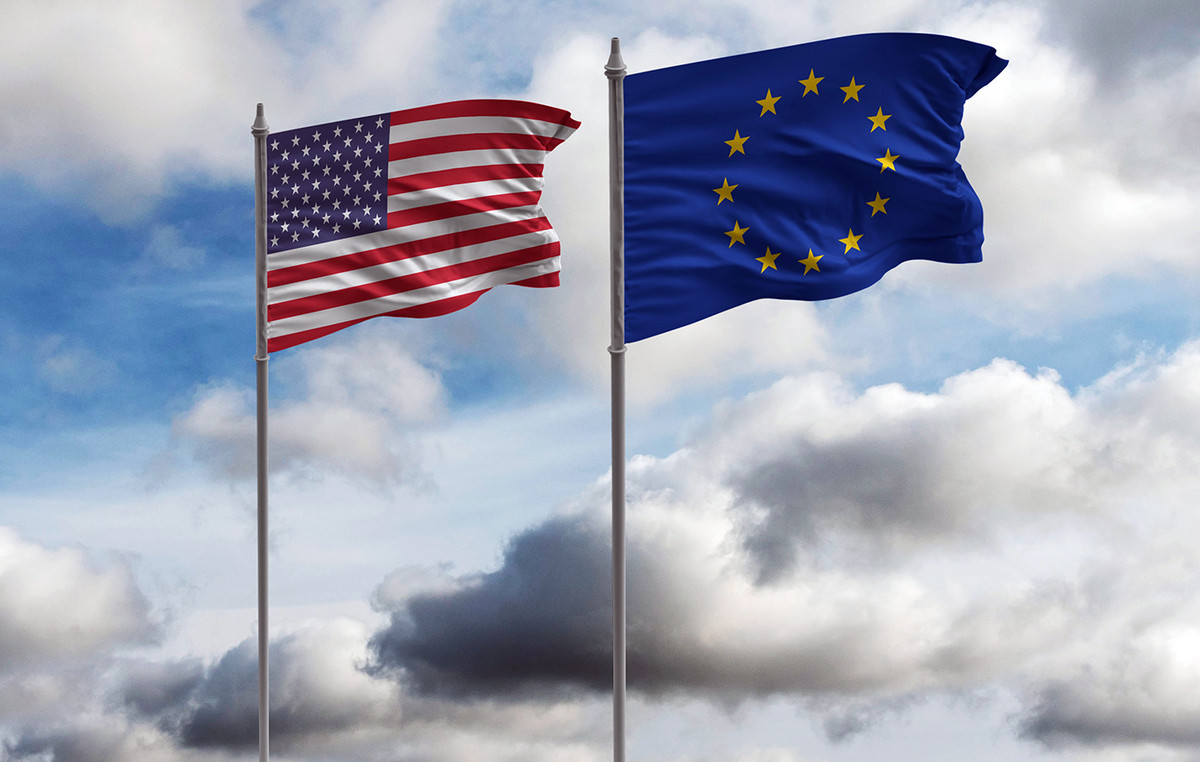For some time now, consumers have reported a common frustration: products that used to yield all month long are running out ahead of schedule.
It’s not, for example, about using a larger measuring cup for the powdered soap, or a few more spoonfuls when pouring coffee in the morning. The consumer is not consuming more — it is the product that is shrinking in size.
The phenomenon became so common that it even gained a nickname: “reduplication “, a neologism that adds “reduction” to “inflation” and that has aroused the ire of consumers throughout Brazil.
“Reduce is the practice of reducing the size of packages, the content of the products or the number of units without accompanying a reduction in prices”, explains administrator Ulysses Reis, coordinator of the Retail Center at Fundação Getúlio Vargas (FGV), in Rio de Janeiro.
“In practice, it is a disguised sales strategy, in which the consumer believes he is paying the same amount, or even more in some rare cases, but is getting a smaller amount of product.”
The reductions follow the wake of an inflationary escalation that took the pockets of many Brazilians by surprise. According to the Broad Consumer Price Index (IPCA), an indicator that measures the country’s official inflation, the last 12 months have accumulated a high of 11.73% — well above the 2022 target ceiling of 5%.
Salaries, in most cases, do not follow the rise in prices. The result is leaner purchasing power, with consumers having product values as a rule, no longer a preference for one brand or another.
Hence the “reductionist” sales strategy: to maintain competitiveness in the market, companies choose to reduce the quantity of product instead of raising the price.
“The strategy disguises inflation and works very well if the customer doesn’t notice”, says Reis.
“Consumers changed their consumption habits and began to replace the usual products with cheaper brands. Sometimes they even go with the money to go to the market”.
It should be noted that this is not an illegal practice. “Reducation is perfectly legal, as long as companies make it clear to acquirers that there was a difference in content”, explains Maria Paula Bertran, a researcher in the field of economic law and professor of law at the University of São Paulo in Ribeirão Preto (FDRP-USP) .
The notification must comply with the determination of the Ministry of Justice (ordinance 81, of January 23, 2002) It’s from Consumer Protection Code (Law No. 8078, of September 11, 1990).
As required by law, the notice that the product has been reduced must be on the packaging within six months of the time of alteration, in an accent color and in a minimum font size of 12.
It must also be explicit: if a package of cookies, for example, has 4 units less, this information must be clear to the consumer.
The same goes for composition. If a grape juice is sweetened with apple, for example, both fruits need to be illustrated on the packaging — in addition to, of course, appearing in the detailed description of the product.
But even notified, the reduction usually goes unnoticed.
“In practice, the consumer only realizes that there has been a reduction when the product runs out before the expected time and he has to go to the supermarket more often to supply his own demand”, comments Ricardo Hammoud, economist and professor of Macroeconomics at Ibmec-SP.
“In the end, he has less money to consume other products and services. It’s a phenomenon that goes beyond the supermarket cart.”
“A dozen eggs with 10”

There is still another facet of the phenomenon: according to Maria Paula Bertran, the reduction in the size of packages is a portrait of poverty and hunger in the country.
“The other day I was at the supermarket with my young daughter and she asked me why the dozen eggs are called that if there are only 10 units”, he says.
For little 8-year-old Eleanor, historical heritage was the answer, but for CNN Bertran explains that the reduction has a deeper meaning.
“Brazilians can buy whatever fits their budget. In the United States, milk is sold in gallons of 3.8 liters, or 1.9 liters, but no consumer there goes to the market to buy 1 liter of milk as it happens here. A poor society has a budget that does not fit more than 1 liter of milk or 10 units of eggs.”
Reduction, from this point of view, is a continuous phenomenon, aggravated by the fall in purchasing power. It was also present in 2015 and 2016, recalls Hammoud, from Ibmec, when inflation was high and the economy was in a recession scenario.
Since then, the country has been stepping back in the fight against food insecurity and paving the way back to the Hunger Map — to which it actually returned in 2018.
“The Brazilian consumer is from hand to mouth, but now he has a shorter hand and a mouth that remains the same size”, says Bertran.
Accusations of attempted deception
With the increase in hunger and the escalation of prices coupled with the reduction of packaging, comes the commonplace: criticism of the industry and companies, often perceived as acting in bad faith and accused of attempted deception.
“Even if reduplication is a legal practice, it is not entirely smart in terms of brand image and investment in customer relationships”, says Ulysses Reis, from FGV.
“From the moment the consumer feels cheated or disrespected, even if the brands act according to the law, the tendency is for them to switch to a competing brand. The scolding grows and worsens the image of companies in the long term.”
In Bertran’s view, however, the scenario is not so black and white. “I believe that this is an easy criticism, that the industry would have this surreptitious reduction behavior and would take advantage of the crisis to maintain the profit margin”, comments the professor.
In good Portuguese, “the hole is further down”. A 2014 study by research platform Science Direct, based at an ice cream shop in Chicago, USA, found that consumers are up to four times more sensitive to price than package size.
This means that, in practice, the consumer stops buying if he notices a price increase, but not when the packaging reduces. “Within the logic of competitiveness, companies are doing what they can, and not necessarily always come out on top when they bet on volume reductions”, says Bertran.
“It is much more expensive to pack three 1-liter packages of milk than just one 3-liter package, and it is much more expensive to transport that batch because it takes up a lot more space. But, again, Brazilians can only buy what fits in their budget. That’s why the reduction also happens, companies have this notion of behavioral economics.”
What do associations say?
Sought, the Brazilian Institute of Consumer Defense (Idec) told CNN that the “practice of reduffling, in addition to being abusive and opportunistic, by promoting an obscure increase in prices, confuses consumers who are already weakened by the economic crisis and with a flattening of their purchasing power”.
“In many cases, they use arguments such as adapting to the new arrangement of families, among others, to act like this, demonstrating a lack of commitment and disrespect for consumers.”
The Brazilian Food Industry Association (Abia), the largest representative of the sector, told the report that “companies committed to transparency must follow the rules determined by Ordinance No. quantity on the front panel of the package, in letters of highlighted size and color, in a precise and ostensible way, as well as the quantity before the alteration”.
“ABIA defends the best information for consumers and emphasizes that changes in the content of products are strategic decisions of each company, whether by adapting the portfolio, to meet specific consumer demands, standardizing the weight of the brands’ products with the objective of to maintain its competitiveness or in terms of input costs for production. Such changes only constitute an illegal practice when the manufacturer does not follow the rules to clearly inform about the changes, in accordance with current legislation.”
* Under supervision of Ligia Tuon.
Source: CNN Brasil







